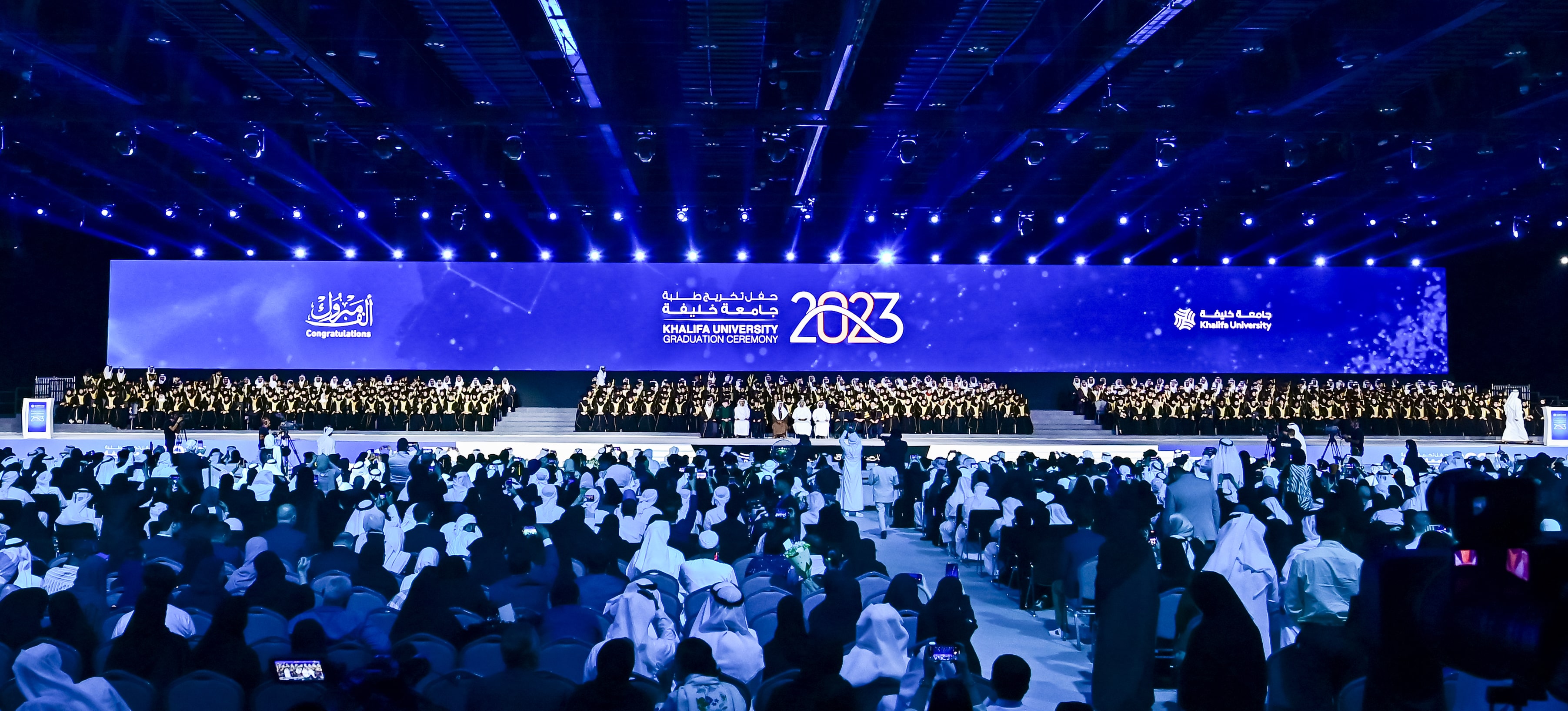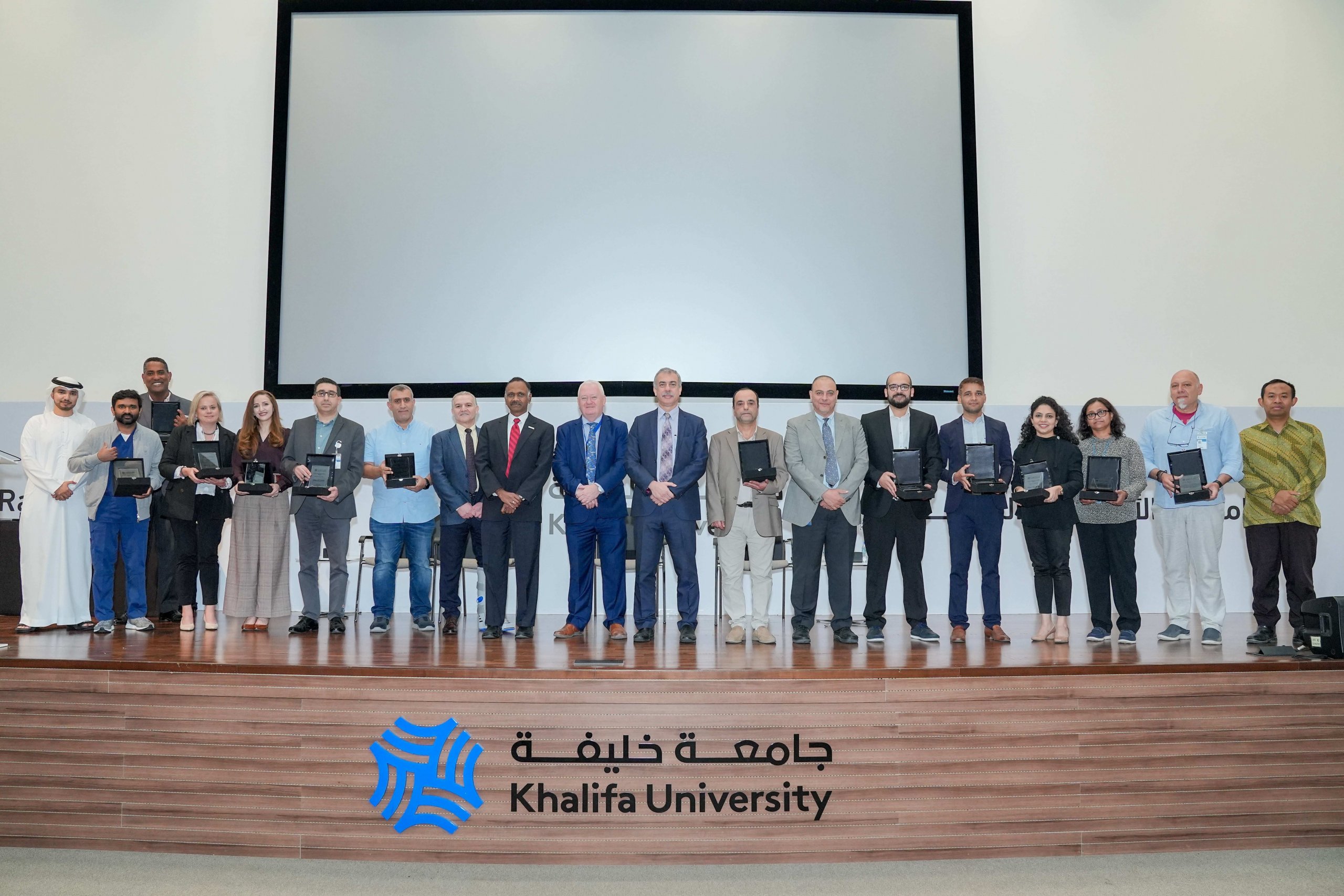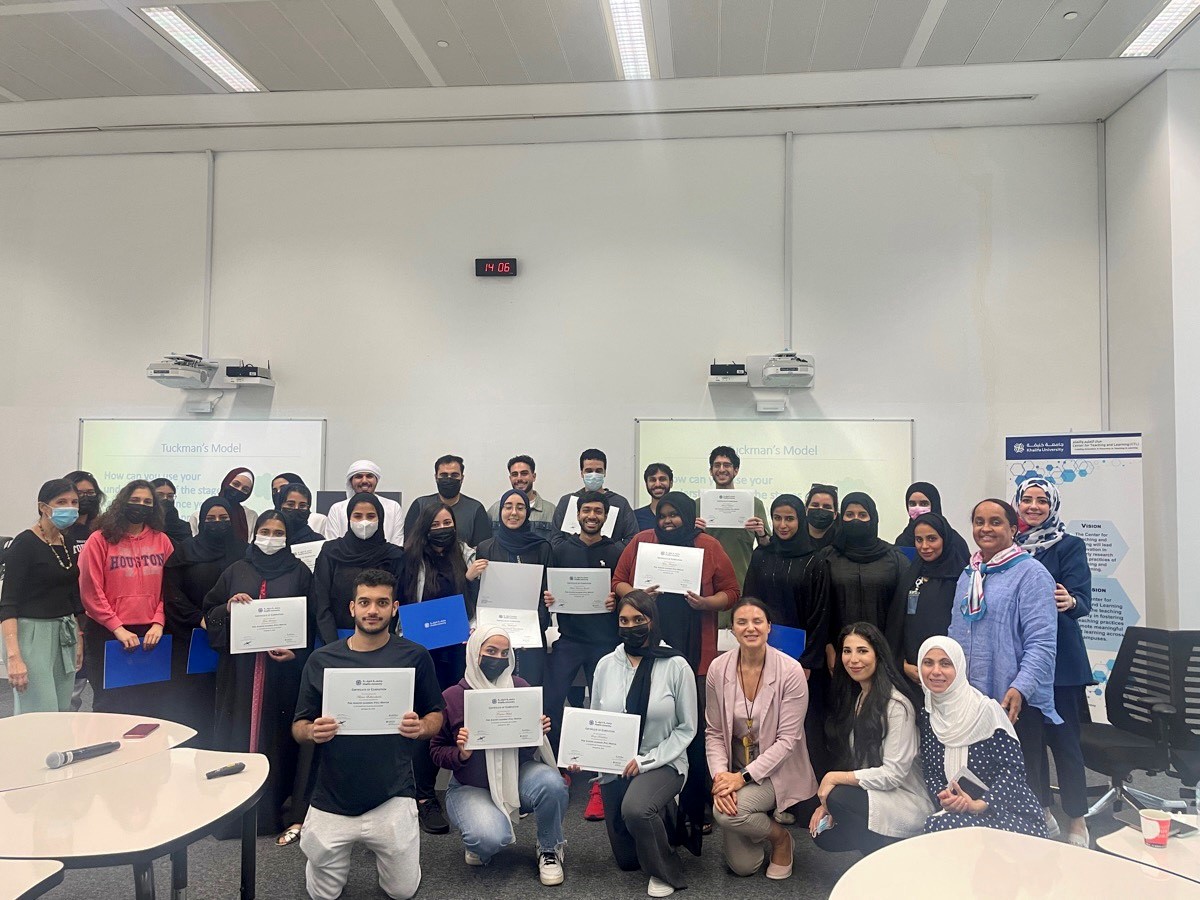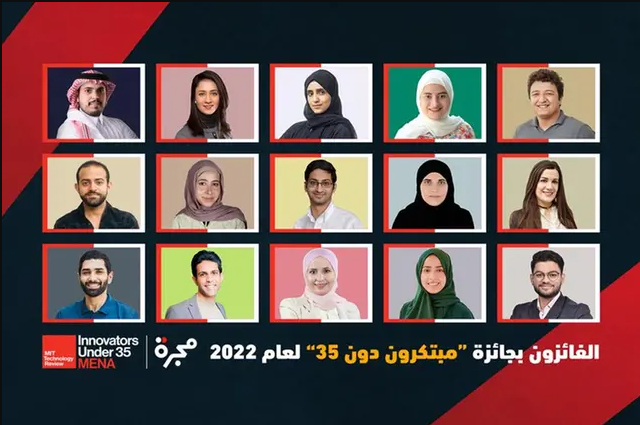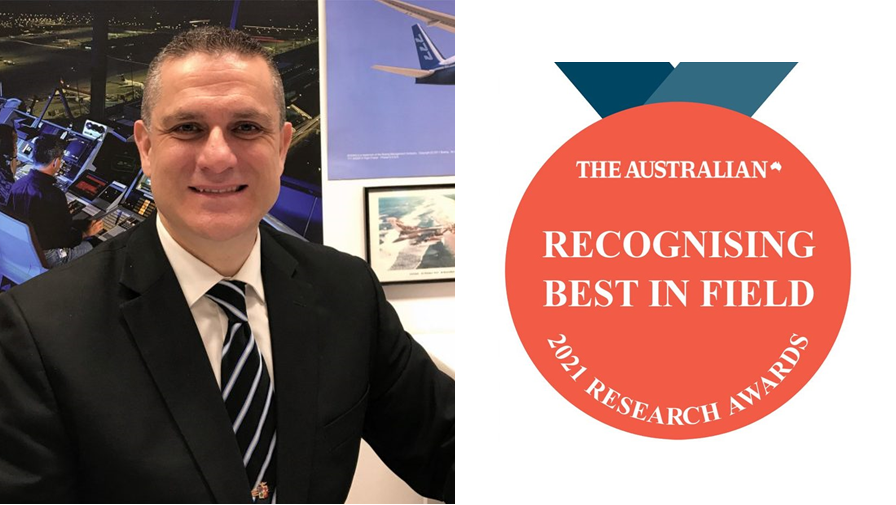
Dr. Sabatini was recognized as Best-in-Field Scientist by THE AUSTRALIAN 2021 Research Special Report, which highlights the talent and dedication of the best researchers and research institutions in Australia.
THE AUSTRALIAN 2021 Research Special Report has listed Dr. Roberto Sabatini, Professor and Chair of the Aerospace Engineering Department, as the top national scientist in the field of Aerospace Engineering and Aviation. The Australian’s annual report names the top researchers and top research institutions in each field of research, based on the number of citations for papers published in the top 20 journals in each field over the past five years.
Dr. Sabatini said, “I was deeply honored to be named top Australian scientist in the field of Aerospace Engineering and Aviation.” He added, “I was also very happy to see that RMIT University was listed as the top research institution in the same field. My past eight years at RMIT have been deeply transformative and enriching. In my new role of Department Chair here at Khalifa University, I look forward to the opportunity of expanding our very prolific and effective collaborations.”
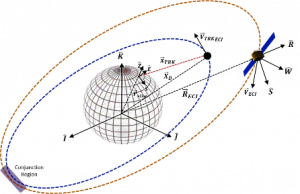
Dr. Sabatini is a Professor of Aeronautics and Astronautics with three decades of experience in Avionics, Defense and Robotics/Autonomous Systems research and education, acquired in progressively more responsible industry, government and academic positions in Europe, North America, and Australasia. Dr. Sabatini holds a PhD in Aerospace/Avionics Systems (Cranfield University), a PhD in Space Geodesy/Satellite Navigation (University of Nottingham), and an advanced MEng in Astronautics/Space Systems (Sapienza University of Rome).
Throughout his career, Dr. Sabatini attracted more than US$35 million in research funding from various industry and government organizations, including Thales, Northrop Grumman, Lockheed Martin, Airbus, DST Group, SmartSat CRC, Food Agility CRC, BMT, AMIRA, Insitec, Jetstar, and CASA. He is a Fellow and Executive of the Institution of Engineers Australia, Fellow of the Royal Aeronautical Society and Fellow of the Royal Institute of Navigation. In addition to his primary academic duties and various honorary and consulting appointments in Europe, North America, Australia, Asia, and South Africa, he contributes to the broader aerospace community as Chair of the IEEE AESS Avionics Systems Panel, Editor for Progress in Aerospace Sciences, Senior Editor for the IEEE Transactions on Aerospace and Electronic Systems, and Associate Editor for Robotica, the Journal of Navigation, and Aerospace Science and Technology.
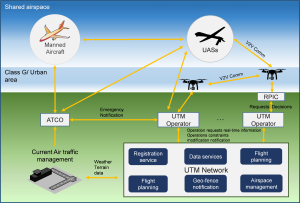
In his recent research, Dr. Sabatini has addressed the opportunities and challenges associated with the digital transformation for sustainability of the aerospace and aviation sector. More specifically, working in collaboration with key industry partners, he developed new avionics and Air Traffic Management (ATM) technologies that enhance safety, efficiency and environmental sustainability of both air and space transport operations. These include 4-Dimensional Trajectory Optimization (4DTO) algorithms, cooperative and non-cooperative surveillance technologies, as well as adaptive/cognitive forms of Human-Machine Interface and Interaction (HMI2), allowing the automated negotiation and validation of aircraft intents for safer and more efficient ATM operations. As an integral part of this evolutionary process, Dr. Sabatini and his team are currently addressing the requirements of Unmanned Aircraft Systems (UAS) navigation, communication and Sense-and-Avoid (SAA), in order to allow the safe and unrestricted access of UAS to all classes of airspace.
“I am a strong advocate of industry-focused research and teaching, and I am very passionate about research translation for social and economic advancement. Throughout my career, I was blessed with great team-working opportunities and served in various leadership roles both in industry and in academia,” Dr. Sabatini commented.
Another study led by Dr. Sabatini dealt with the development of cyber-physical system architectures for the integration of point-to-point suborbital spaceflight and conventional atmospheric air transport. He explored various airspace risk analysis methods for manned and unmanned reusable space vehicles, identified the physical and computational limitations of these approaches, and assessed their applicability to future commercial space transport operations.
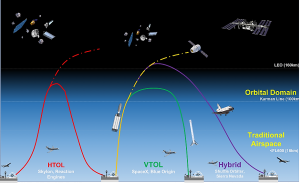
Dr. Sabatini is also leading a project aimed at examining the unique hazards of the space environment and developing suitable avionics systems and ground-based decision support tools for Space Domain Awareness (SDA) and Space Traffic Management (STM).
“I have recently joined Khalifa University from Australia and I am very determined to make a difference in the team fostering a culture of inclusion, integrity and conscientious change by prioritizing first and foremost the students and staff whose education and careers will be affected by the changes that will be introduced. I believe that passion, competence, and respect are the key ingredients of a successful team and I am delighted to have the opportunity of leading the Aerospace Engineering Department of Khalifa University in a time of significant growth, both in our research and educational capacity. Over the coming months, I will work with the team to assess opportunities and risks, charting a map for growth that values the contributions of all constituencies in the decision-making process.”
To know more about The Australian Special Report, you can read the article here.
Ara Maj Cruz
Creative Writer
5 December 2021



